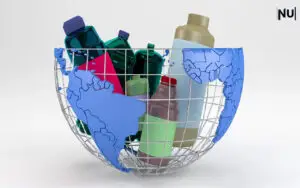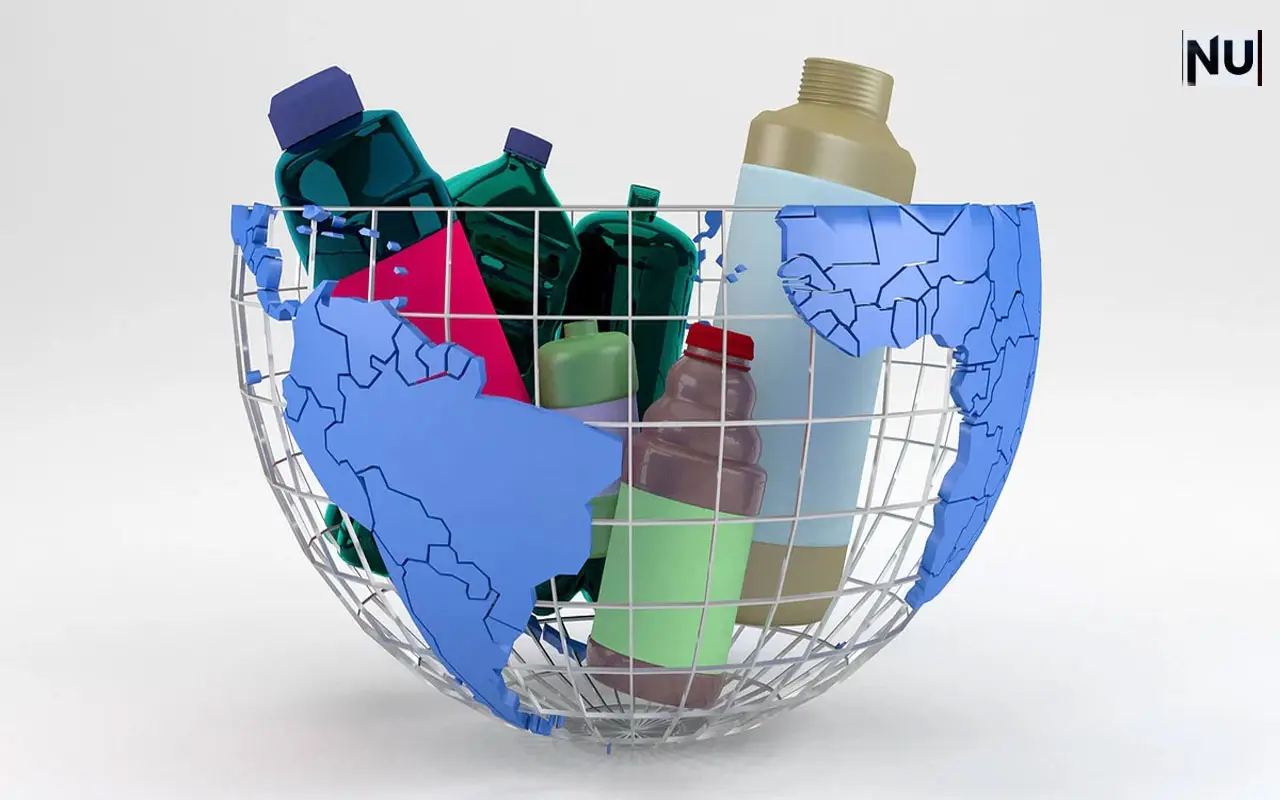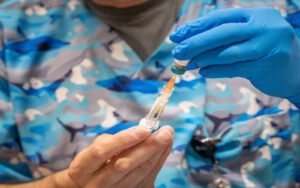Shocking Truth: 7 Ways Plastic Changed Our Lives — and the Cost of Convenience
Introduction
Plastic is one of the most impactful inventions of the 20th century. It revolutionized industries, changed lifestyles, and created a culture of convenience. From disposable diapers and coffee cups to food packaging and shopping bags, plastic became a symbol of modern life. However, the hidden cost of plastic is now too great to ignore. Its widespread use has led to pollution, health risks, and environmental damage that threaten the planet’s future.
1. The Origins of Plastic Convenience
During World War II, plastic became vital as a substitute for scarce materials like rubber and metal. After the war, corporations embraced it as a profitable, cheap, and durable product. This gave birth to the disposable culture we now live in.
2. Plastic and Parenting: The Diaper Revolution
Disposable diapers, introduced in the 1960s, changed parenting forever. Parents enjoyed the convenience, but today over 18 billion diapers are discarded annually in the U.S. alone. These take hundreds of years to decompose, creating mountains of waste.
 3. How Plastic Changed Shopping and Food Packaging
3. How Plastic Changed Shopping and Food Packaging
Plastic wraps and containers transformed supermarkets into self-service stores. Shoppers could buy pre-packaged goods, which seemed hygienic but later raised health concerns. Some plastics release harmful chemicals, and packaging waste now clogs landfills and oceans.
👉 Read more about modern consumer habits on News Updates.
4. Coffee Culture and Disposable Cups
In the 1950s, plastic-lined cups became a symbol of convenience. Today, billions of disposable coffee cups are thrown away each year, most of which cannot be recycled due to their plastic coating. This has become one of the largest sources of daily plastic waste.
5. The Environmental Cost of Plastic
Every year, 300 million tons of plastic waste is produced globally. Much of it ends up in oceans, where marine animals mistake it for food. Humans now consume microplastics through seafood, water, and even the air we breathe. Researchers have even found plastic in human blood and lungs.
👉 Learn more from the United Nations Environment Programme.
6. Corporate Marketing and Plastic Addiction
Plastic dependence was fueled by aggressive marketing. In India, Unilever popularized plastic sachets for shampoo. In China, diaper companies promoted disposables as modern and hygienic, creating long-term waste problems. Corporate campaigns normalized single-use plastics, making them a global habit.
7. Solutions and Global Policies
Countries are now pushing back against plastic waste. France banned plastic packaging for fresh produce. The EU introduced strict rules on single-use plastics. Denmark created reusable cup systems for coffee shops. These steps prove that change is possible when governments act decisively.
👉 Check more sustainability policies on News Updates.









